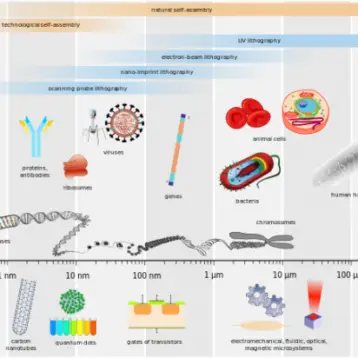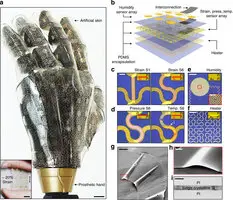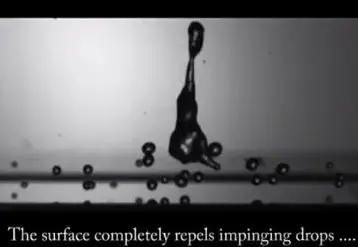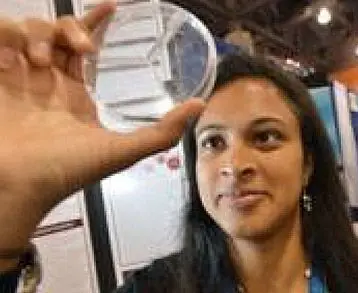Initial tests show that this ultra strong carbon-nanotube fiber, branded “SuperThread”, can be more useful than steel in many applications such as building the best airplanes, automobile parts, bulletproof vests, limbs, and even sports equipment.
Carbon nanotubes are cylindrical carbon molecules designed with a geodesic dome. Currently, scientists are working on arrays of ultra-long, super-strong, lightweight, double-walled carbon nanotubes. These arrays allow the nanotubes to be spun into the ultra strong fibers. In the near future CNT Tech will begin spinning the ultra strong carbon-nanotube fiber on a custom-designed, computer-controlled spinning machine similar to those used in textile manufacturing.
Over the next two years CNT Tech intends to replace carbon fibers with SuperThread, which will be specially designed for commercial use in aircraft materials, sport and recreation products, defense applications, and many other fields where a strong and light material is required.
TFOT recently covered several related topics including carbon nanotubes for chemical detection, making nanotubes into electrical circuits, and the physics of carbon nanotubes.
More information on the new ultra strong carbon nanotubes can be found on the Los Alamos Laboratories website.










